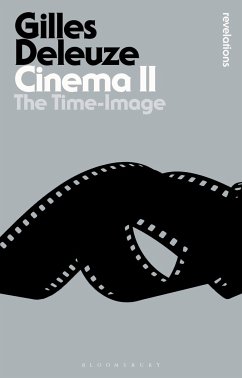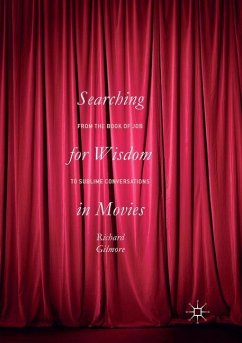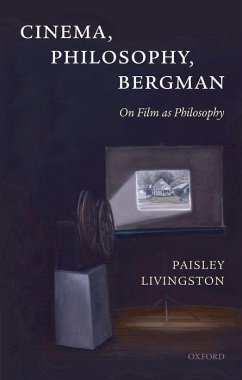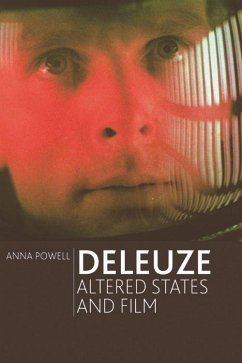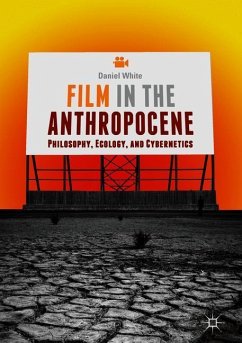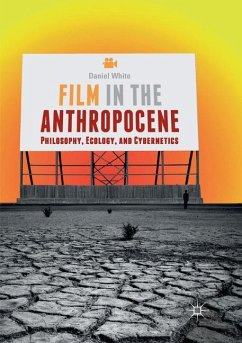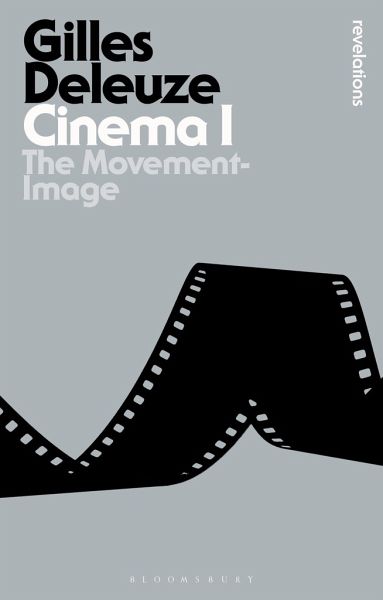
Cinema I
The Movement-Image
Versandkostenfrei!
Versandfertig in ca. 2 Wochen
19,99 €
inkl. MwSt.
Weitere Ausgaben:

PAYBACK Punkte
10 °P sammeln!
Gilles Deleuze was one of the most influential figures in twentieth-century philosophy, well known for his works on the philosophy of art and for his master-works, Difference and Repetition and - with Felix Guattari - A Thousand Plateaus and Anti-Oedipus.Cinema I is the first volume of Deleuze's revolutionary work on the theory of cinema (concluded in Cinema II, also available in the Bloomsbury Revelations series). Drawing on the philosophy of Henri Bergson, Deleuze identified his work as "a logic of the cinema", setting out to "isolate certain cinematographic concepts" philosophically. To do ...
Gilles Deleuze was one of the most influential figures in twentieth-century philosophy, well known for his works on the philosophy of art and for his master-works, Difference and Repetition and - with Felix Guattari - A Thousand Plateaus and Anti-Oedipus.Cinema I is the first volume of Deleuze's revolutionary work on the theory of cinema (concluded in Cinema II, also available in the Bloomsbury Revelations series). Drawing on the philosophy of Henri Bergson, Deleuze identified his work as "a logic of the cinema", setting out to "isolate certain cinematographic concepts" philosophically. To do this, he brings together diverse examples from a variety of major filmmakers, including Ingmar Bergman, Charlie Chaplin, Sergei Eisenstein and Alfred Hitchcock, among many others.




